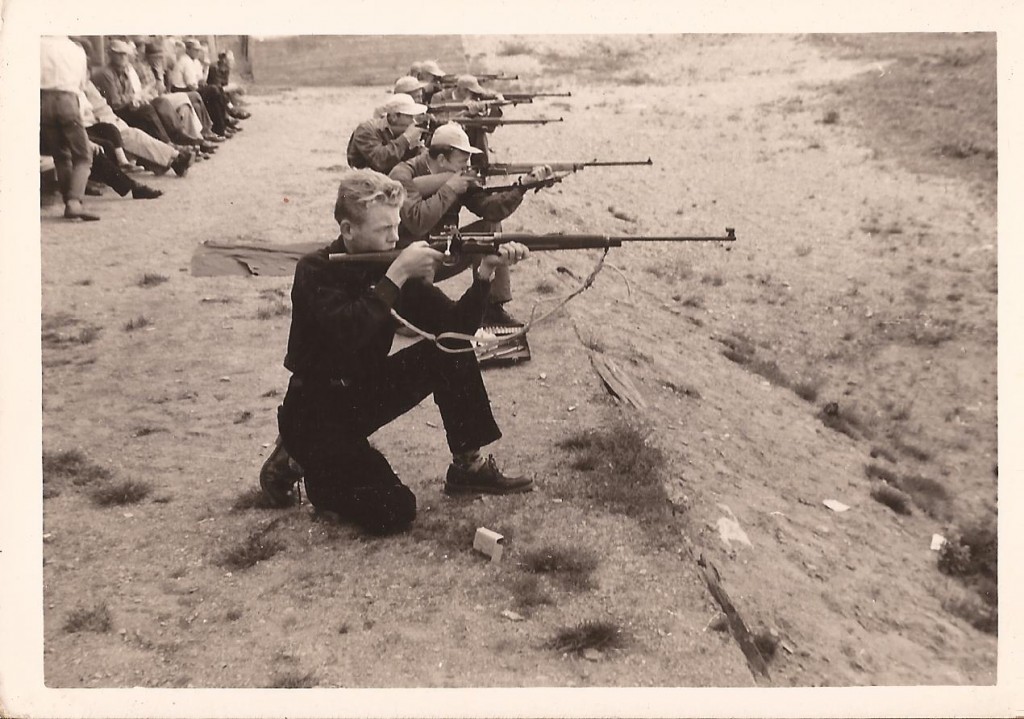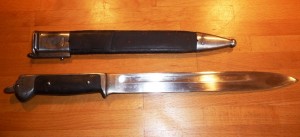Read back for the previous two articles on my reloading experiments with the 8x58RD.
Last post I was looking at the implications of using 7,62x54R case as an alternative to the 8x58RD. Lunch time I slugged the bore of the rifle (S&L Model 42) and checked the dimension, the bore comes up at 8,15mm/.321″ however the rifling definition is not particularly crisp. One of the issues with military 8x58RD ammunition is it often uses potassium chloride in the construction of the primer. This leaves a minute deposit of the hygroscopic potassium chloride salt in the bore after a cartridge is fired. Being hygroscopic the salts attract and hold moisture which leads to corrosion/rusting unless one pays particular attention to the cleaning of the bore after use. This is why you will sometimes come across a lovely looking Krag or S&L with a bore that has been all but destroyed due to the owner putting a few rounds of milsurp through the rifle and then returning it to the cabinet uncleaned.
It is always sad to see such a rifle.
Back to the reloading experiments. The 54R brass is easily expanded to suit the new bullet and chambers perfectly after a full length size, in fact it chambers unsized and you could probably load a 54R round in the 58RD, fire it and end up with a perfectly formed 58RD case – not that I would ever advocate such an action! (Wear your safety glasses if you really must try this)
One interesting feature of the sizing die I use is it not only opens the neck to suit the 8mm bullet it also allows you to flare the mouth of the neck slightly if you wish. This gives two benefits, one is it gives an easier lead when seating the bullet which is especially handy with cast bullets as there is less chance of shaving the lead, it also means you can flare the case neck mouth to a size where it aligns itself with the chamber neck which is something reloaders looking for accuracy with cast bullets will require.
Next step is to source some bullets, fire form the cases and shoot the thing in anger.










